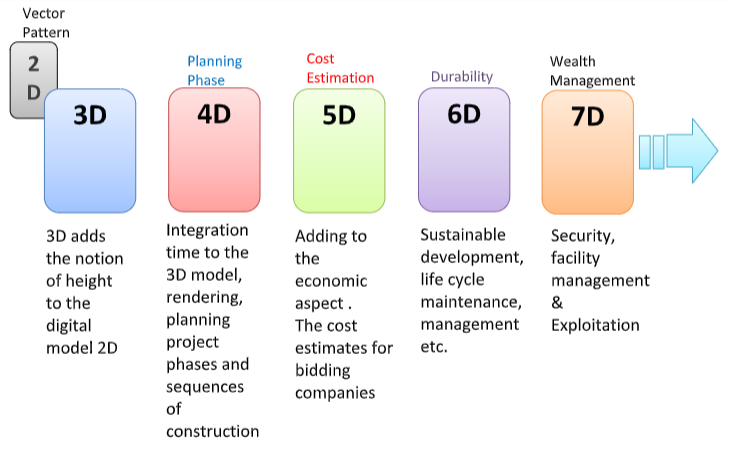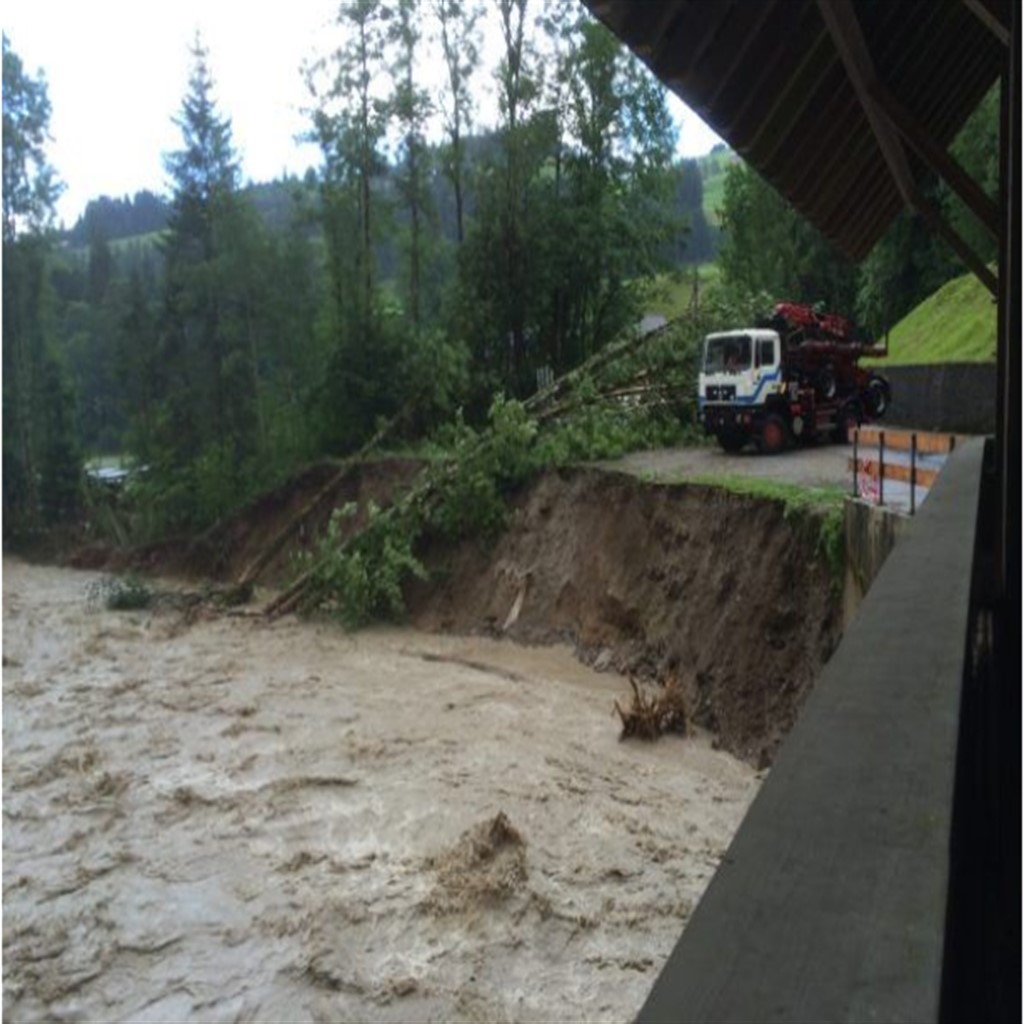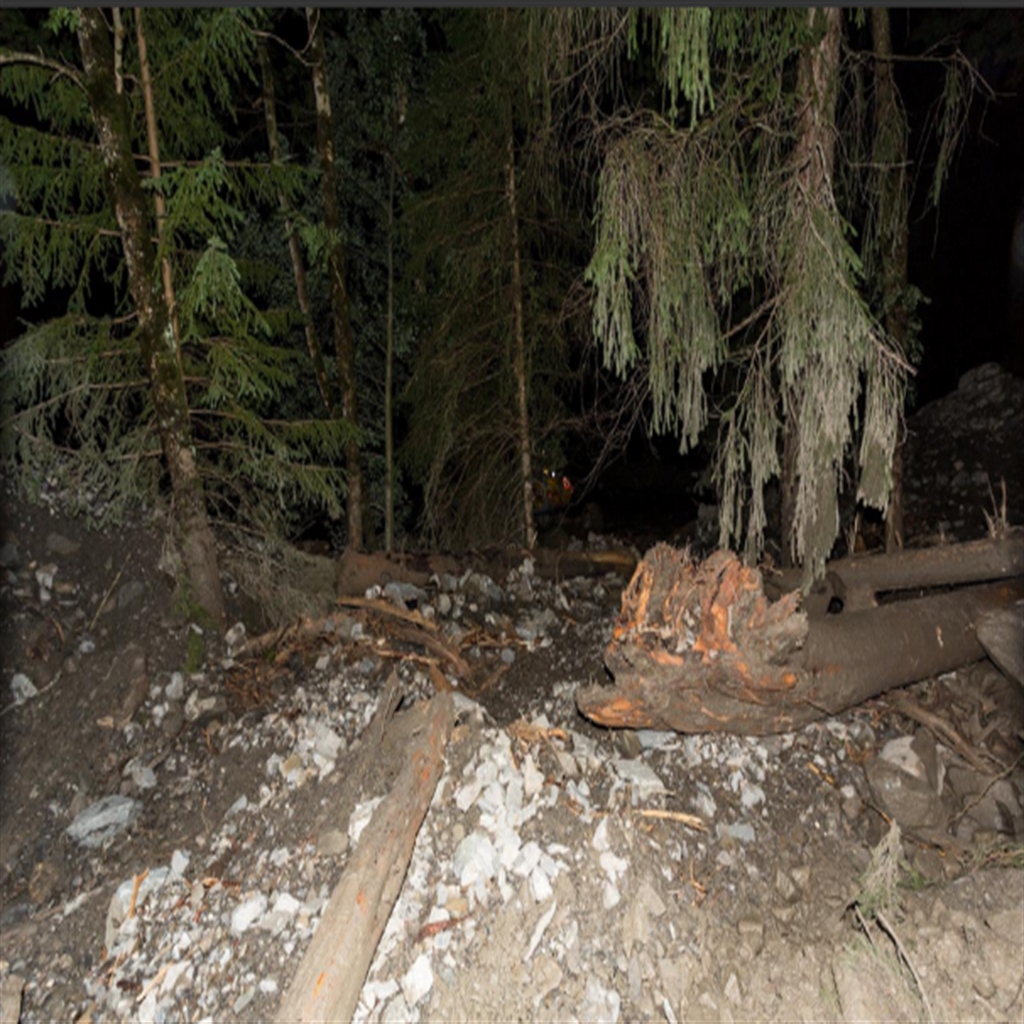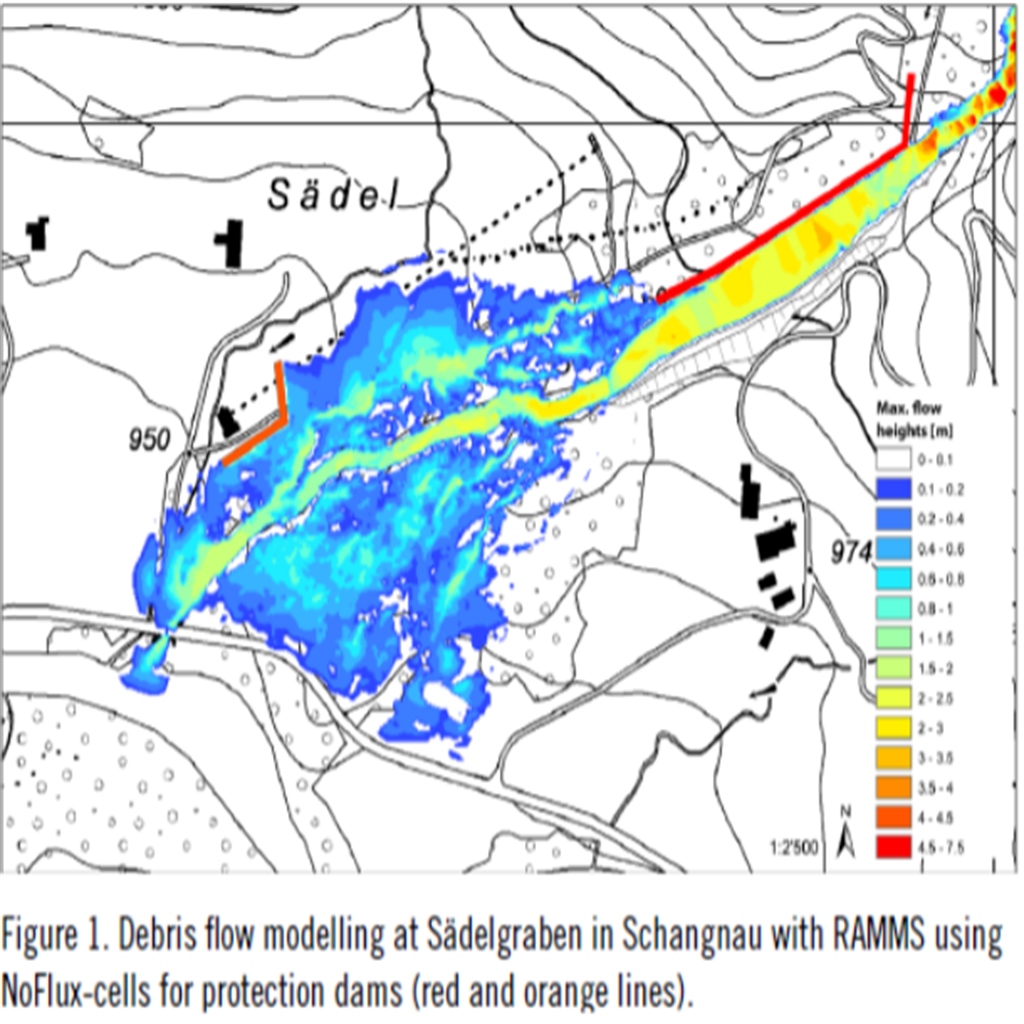General Contracting
BUILDING INFORMATION MODELLING (BIM) – UTLITIES
It is a process involving the generation & management of digital representations of physical and
functional characteristics of buildings and infrastructure.
BIM is a set of information related with each other organized in building the 3D model.
It is a collaborative process between the stakeholders on a construction project based on
business – specific tools that enable the design and operation of a digital model that
foreshadows the building as constructed and operated.
Situation of most of the projects today
- High error factor
- Imprecision
- Redundancies
- Difficulties in detecting collisions between architecture and structure
- Increased costs
- Low proficiency of time management
- Limited rationalization
- Limited environmental objectives
BIM Offers business benefits such as:
- Shows reality with the help of images (3D modelling)
- Resolves conflict, clash detection can be visually seen in model
- Can be accessed from anywhere
- Improved collaboration with other complex models of the projects
- Minimum chances of overlooking any important detail
- Prediction of future
BIM is comprised of a multitude of dimensions layered one above the other depending on the
progress of the construction of the building or its operation status

Why use BIM in utilities sector
- Utilities involve some of the largest construction budgets
- BIM helps to control costs by reducing rework and delays
- BIM reduces construction wastes through improved coordination and design accuracy
ADVANTAGES
- Transparency – Improved designs positively impacts all aspects of managing a facility
- Cost Efficiency – Whether for renovation, utility expansion, maintenance or repairs, BIM makes the task easier and efficient
- Advance technology for design, simulation, visualization and coordination
- Scheduling – BIM offers better understanding & efficient scheduling of a project on many levels
- Conflicts & Clashes – BIM allows planning in all dimensions. Conflicts of time, space & cost can be identified before they become critical
- Accuracy & Uniformity - BIM allows more accurate construction plans in uniform formats. This reduces error, improves quality and reduce costs
- Collaboration – BIM offers more effective collaboration by uniting planners, engineers, consultants & utility managers
RISK ANALYSIS
For Natural Hazards Management and Risk Analysis success is achieved when following are done rightly;





Hazard Analysis, Evaluation & Mitigation
- There are variety of natural risks that are associated with existing infrastructures and can be triggered by a tiny movement
- The risks are increasing at constant pace due to urbanization and global climate change
- Therefore it is imperative to assess those risks rightly and timely
For Natural Hazards Management and Risk Analysis success is achieved when following are
done rightly;
- Analysis
- Evaluation
- Precautionary Measures
- Damage Control
- Remediation Activities
- Mitigating Risks
FIELDS OF NATURAL HAZARDS EXPERTISE
- Rock Stability
- Blasting and Rock Removal
- Seismic
- Glaciers
- Alarm and Monitoring Concepts
- Risk Analysis
- Modelling / 3D Hazard Models
- Action Planning
COMMON TYPES OF NATURAL HAZARDS
- Rock Fall
- Rock Slides/ Landslides
- Debris Flows
- Mud Flows
- Flooding
- Avalanches
We design appropriate measures for each of the Hazards on the basis of Effectiveness and Cost Efficiency
RISK MANAGEMENT
We are specialized in Risk Management for;
- Natural
- Environmental
- Industrial
- Human
- Technical Risks related to Project Management
HOW WE MANAGE RISKS & HAZARDS?
- Assessment / Damage Assessment
- Analysis
- Quantifying
- Modelling and Simulations
- Remote Sensing Techniques
- Integration of Past Events
- Early Warning Solutions
REFERENCES
We have strong references in the assessment and mitigating risks for various projects in the following areas;
- Environmental Risks
- Natural Risks
- Tunnel Safety
- Transport Risks
- Integrated Risk Management
RECENT EXAMPLE OF FLOOD PROTECTION MEASURES IN SWITZERLAND – GEOTEST
- In 2014 heavy rain storms triggered Flooding
- The aim of the project was to restore or increase the level of protection against Flooding and Debris Flows
- Event Analysis and Planning of Protection Measures was done with help of Numerical Modelling
HOW IT WAS ACHIEVED?
- The goal was to reduce immediate dangers followed by phases of reconstruction and repair
- The findings from Event Analysis helped in Development of Emergency Plans and Recovery Measures
- Different Modelling Softwares were used to carry out Effective Planning and Mitigation Measures
- It was concluded that Numerical Modelling represents valuable contribution in Reviewing and Designing of Protection Measures
- It also enabled to build different scenarios and testing their effects
